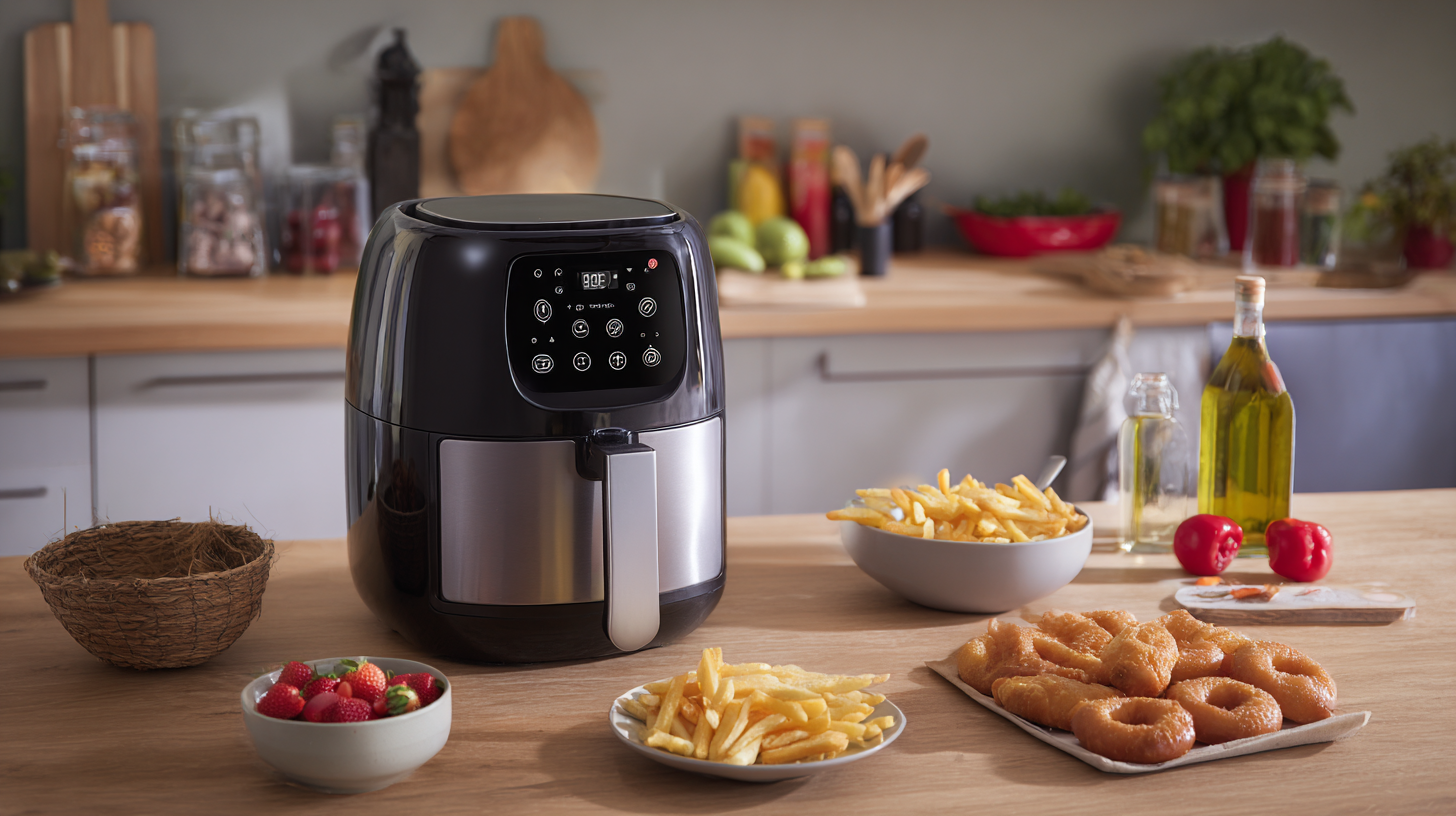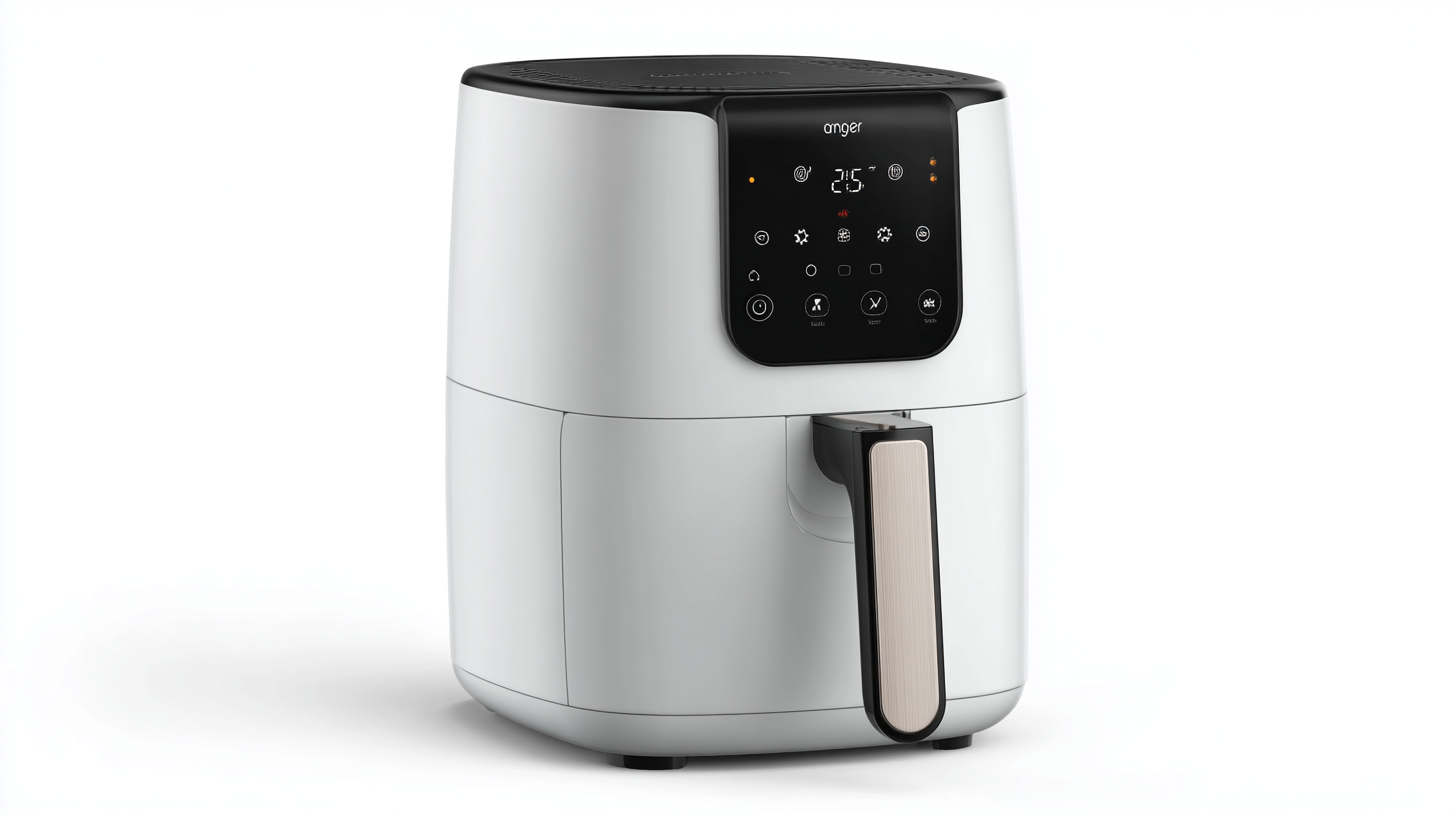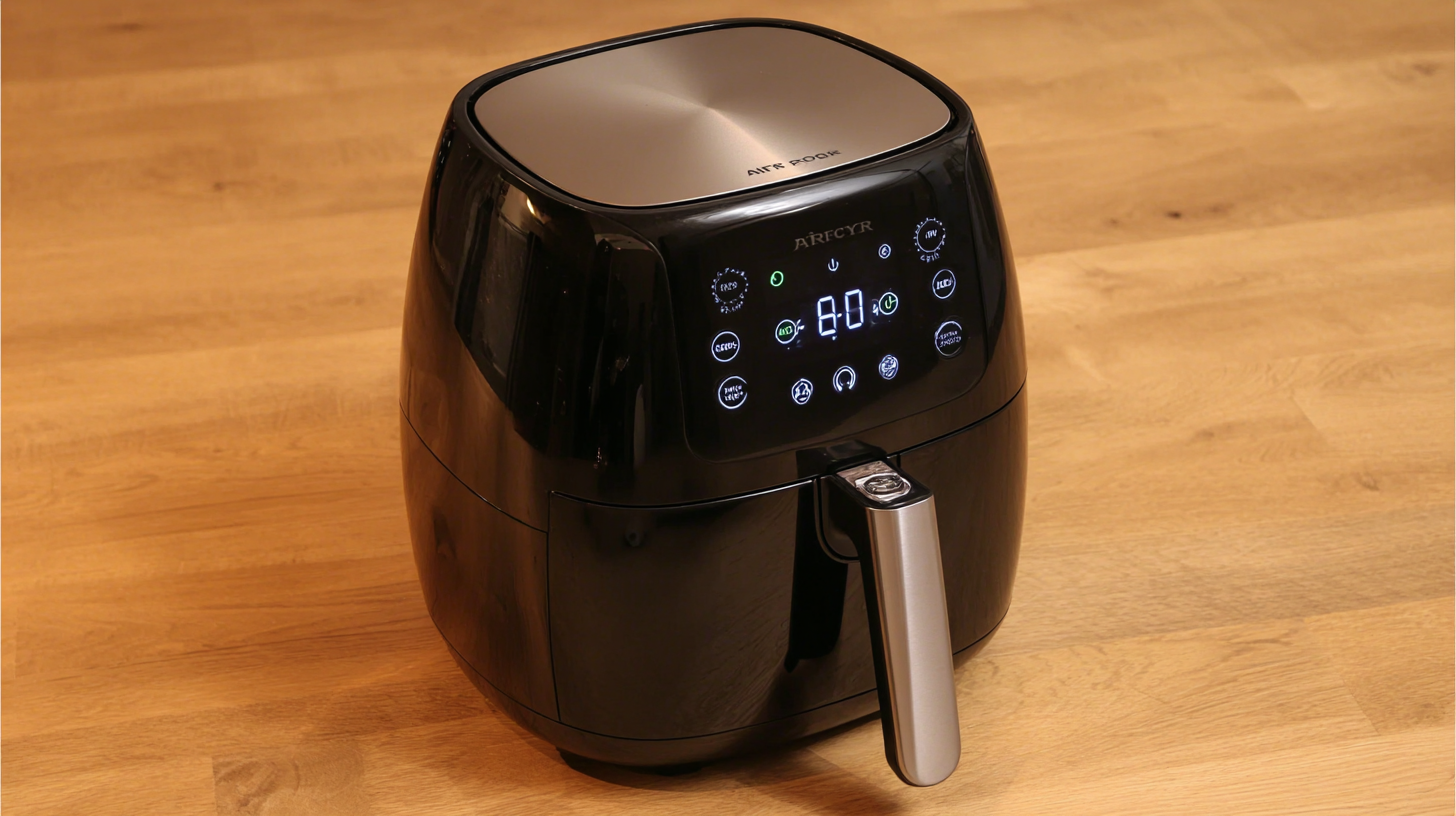
Exploring Top Alternatives to the Best Air Fryer for Healthier Cooking Choices
In recent years, the Air Fryer has surged in popularity as a versatile kitchen appliance that offers a healthier alternative to traditional frying methods. According to a report by the NPD Group, sales of air fryers have skyrocketed by over 100% in the past few years, reflecting a growing consumer demand for healthier cooking options. These appliances utilize hot air circulation to achieve a crispy texture with significantly less oil, making them a favored choice for health-conscious cooks. However, while air fryers are celebrated for their convenience and health benefits, there are several viable alternatives that can also promote healthier cooking habits. This blog will explore top alternatives to the Air Fryer, providing insights into their unique advantages and reasons why they might be worth considering for those looking to diversify their cooking methods while maintaining a focus on health.

Advantages of Air Fryers and Their Impact on Healthy Cooking
Air fryers have revolutionized the way we approach healthier cooking, offering a guilt-free alternative to deep frying. According to a report from the National Institute of Health, using an air fryer can reduce the calorie content of fried foods by up to 80%, thanks to the minimal use of oil required for cooking. This significant reduction in calorie intake not only contributes to weight management but also enhances heart health by lowering the intake of unhealthy fats. Additionally, air frying preserves essential nutrients in foods, making them healthier choices without sacrificing flavor or texture.
The popularity of air fryers is rooted in their convenience and versatility. A study conducted by the American Journal of Clinical Nutrition revealed that air-fried foods retain more vitamins compared to traditionally fried options. This is particularly pertinent for those looking to incorporate more vegetables and proteins into their diet. Furthermore, air fryers typically produce fewer harmful compounds associated with high-heat cooking methods, such as acrylamides, thus providing a healthier cooking environment. With these advantages, it's no wonder that air fryers have gained traction among health-conscious individuals seeking delicious and nutritious meals.
Exploring Healthier Cooking Methods Beyond Traditional Air Fryers
As health-conscious consumers seek to adopt more nutritious cooking techniques, exploring alternatives to traditional air fryers becomes essential. While air fryers have gained popularity for offering a healthier twist on fried foods, there are several other cooking methods that can provide equally satisfying meals with fewer calories and fats. One excellent alternative is the convection oven, which uses similar technology to circulate hot air around food, creating a crispy exterior without excessive oil. This method is versatile, allowing for baking, roasting, and even dehydrating ingredients, making it a great addition to any kitchen.

Another fantastic alternative is the instant pot, a multipurpose appliance that combines pressure cooking with sautéing and steaming functionalities. This method not only preserves nutrients better than traditional boiling, but it also reduces cooking time significantly, offering busy home cooks a quick and healthy way to prepare meals. Steaming, too, remains a classic yet effective way to cook vegetables and proteins while maintaining their flavors and nutrients. By incorporating these methods into your culinary repertoire, you can enjoy a variety of healthy meals without relying solely on air fryers, transforming the way you approach nutritious cooking at home.
A Deep Dive into Industry Standards for Air Fryers and Alternatives
When exploring alternatives to traditional air fryers, it’s essential to consider industry standards that affirm their efficacy and health benefits. Organizations like the Air-Conditioning, Heating, and Refrigeration Institute (AHRI) are pivotal in setting these standards, ensuring that appliances not only meet energy efficiency requirements but also contribute to healthier cooking practices. By understanding these standards, consumers can make informed choices about which appliances to select for their kitchens.
Tips for choosing alternatives include looking for appliances that utilize similar convection cooking technology, as these options often provide a crisp texture comparable to air fryers. Additionally, consider multifunctional devices that can steam, roast, and bake, maximizing cooking versatility while still promoting healthier meal preparation. Investing in energy-efficient models not only benefits your health but also reduces environmental impact and lowers energy bills.
Lastly, check for features such as easy cleaning options and programmable settings, which make cooking not only healthier but also more convenient. Such functionalities enhance the overall cooking experience, allowing users to maintain a focus on healthy eating without the hassle of complicated appliances.
Exploring Healthier Cooking Alternatives: Air Fryer vs. Traditional Cooking Methods
This chart illustrates the average daily calorie use for various cooking methods, highlighting the efficiency of air fryers compared to traditional techniques. With a focus on healthier cooking choices, the air fryer emerges as a lower-calorie option, making it a preferred choice for health-conscious individuals.
Comparative Analysis: Air Fryers vs. Innovative Cooking Appliances
As culinary trends evolve, many health-conscious consumers are seeking alternatives to traditional cooking methods. A comparative analysis highlights not just air fryers but also innovative cooking appliances that promise healthier options. According to a report by the International Food Information Council, consumers are increasingly inclined to use appliances that reduce fat content in their meals. Air fryers, which circulate hot air to create crispy food with minimal oil, have captured significant market attention, but other appliances are emerging.
Steam cookers, for instance, retain more nutrients than frying, with studies showing they can keep up to 90% of vitamins compared to 50% when using conventional frying. Slow cookers, on the other hand, allow for the even cooking of meals, reducing the need for unhealthy additives. These alternatives not only contribute to healthier eating but also enhance the flavor profile of dishes, which studies by the Institute of Culinary Education support.
**Tips:** When choosing an appliance, consider versatility. For instance, an instant pot can serve multiple functions, from pressure cooking to sautéing, making it a valuable addition to your kitchen. Additionally, explore recipes that utilize these appliances to maximize their potential, ensuring that each meal is both delicious and nutritious.
Practical Tips for Transitioning to Healthier Cooking Techniques
Transitioning to healthier cooking techniques doesn't have to be overwhelming. One practical tip is to start by incorporating alternative appliances that promote healthier meal preparation. For example, using a multi-cooker can give you the option to steam, sauté, or slow-cook, which retains nutrients better than traditional frying methods. As you explore these alternatives, gradually replace your go-to recipes with versions that use these healthier cooking methods. This slow integration will make it easier to adapt without feeling deprived.
Another effective approach is to experiment with different ingredients that align with your health goals. Instead of relying heavily on oils for flavor, try using spices, herbs, and citrus to enhance the taste of your meals. Additionally, cooking methods such as roasting vegetables or grilling lean proteins can elevate your dishes while cutting down on excess fats. Remember, it's all about finding a balance and discovering what flavors and techniques work best for you, making healthy cooking enjoyable and sustainable in the long run.


